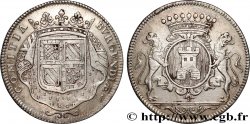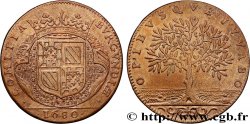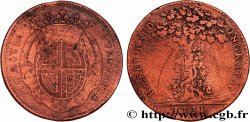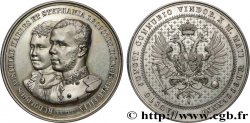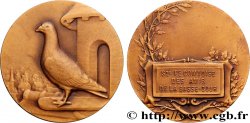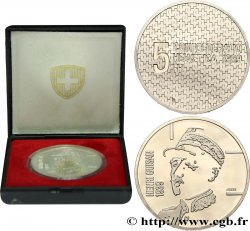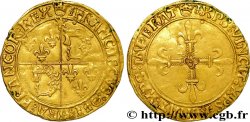fjt_541555 - BOURGOGNE (ÉTATS DE ...) François-Marie Bernard, vicomte de Sassenay et de Chalon, élu de la noblesse 1782
200.00 €
Количество
Добавить в корзину

Тип François-Marie Bernard, vicomte de Sassenay et de Chalon, élu de la noblesse
Дата: 1782
Металл: silver
Диаметр: 30 mm
Ориентация осей монеты: 6 h.
Вес: 10,48 g.
Век: cannelée
Редкость: R1
Лицевая сторона
Аверс: легенда: COMITIA BURGUNDIÆ 1782.
Аверс: описание: Armes de Bourgogne sur un manteau d’hermines.
Обратная сторона
Реверс: легенда: FR. M. BERNARD. VIC. DE. SASSENAY ET DE CHALON S. S.BAR. DU TARTRE / ET BELLO ET PACE .
Реверс: Описание: Armes de Fr. Bernard de Sassenay couronnées. Sur une banderole : ET BELLO ET PACE.
Реверс: перевод: En temps de guerre et en temps de paix.
Комментарий
M. de Sassenay n'étant ni Élu, ni Alcade, ne devait pas avoir de bourse, mais il n'en fit pas moins frapper un jeton pour rappeler son entrée aux États.
Ceci est appuyé sur un passage du Carnot des États où il est dit : " M. de Sassenay a présenté un certificat aux commissaires-vérificateurs des titres, par lequel il paroît qu'il a été trouvé de la qualité requise. Lecture faite, la Noblesse a délibéré de le recevoir en leur Chambre, sans voix délibérative, jusqu'à ce qu'il ait justifié de reprise de fief". Étienne, son ancêtre, portait d'azur, à une face d'or chargée d'une molette d'éperon à six pointes d'azur, accompagnée en chef de deux coutelas posés en sautoir, les pointes en bas, d'argent, surmontant une hure de sanglier de même, et en pointe, une bannière ou étendard aussi d'argent, la lance d'or posée en bande. On peut voir, d'après le jeton, les modifications apportées à ce blason.
Ceci est appuyé sur un passage du Carnot des États où il est dit : " M. de Sassenay a présenté un certificat aux commissaires-vérificateurs des titres, par lequel il paroît qu'il a été trouvé de la qualité requise. Lecture faite, la Noblesse a délibéré de le recevoir en leur Chambre, sans voix délibérative, jusqu'à ce qu'il ait justifié de reprise de fief". Étienne, son ancêtre, portait d'azur, à une face d'or chargée d'une molette d'éperon à six pointes d'azur, accompagnée en chef de deux coutelas posés en sautoir, les pointes en bas, d'argent, surmontant une hure de sanglier de même, et en pointe, une bannière ou étendard aussi d'argent, la lance d'or posée en bande. On peut voir, d'après le jeton, les modifications apportées à ce blason.







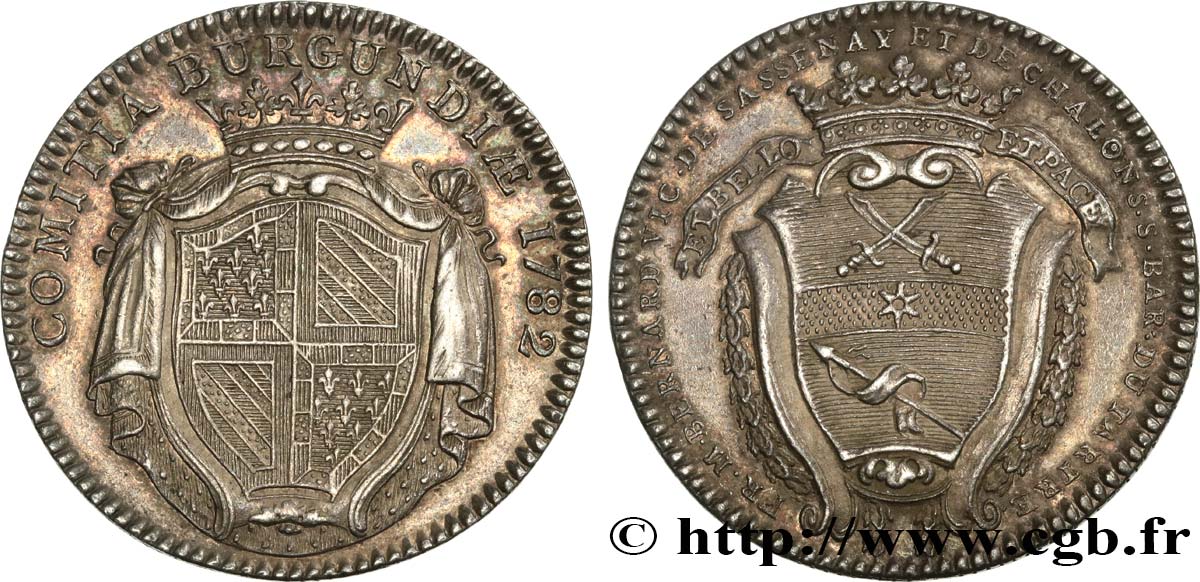
 Cообщить об ошибке
Cообщить об ошибке Распечатать страницу
Распечатать страницу Отправить мой выбор
Отправить мой выбор Задать вопрос
Задать вопрос Consign / sell
Consign / sell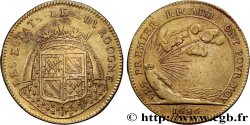
 Информация
Информация